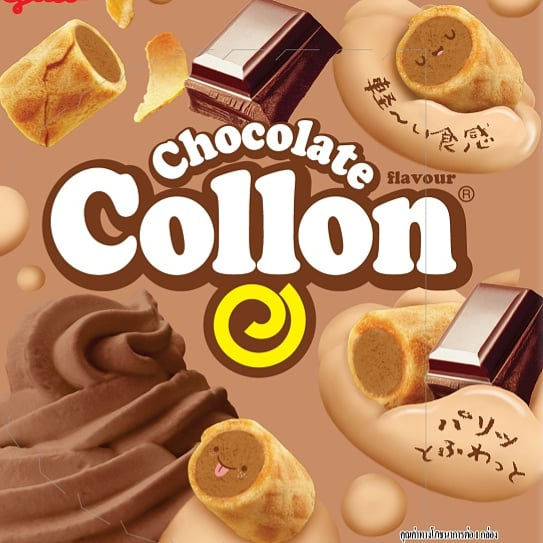Food for Naughty Thoughts
- Joel Cheong

- Mar 15, 2021
- 3 min read
Editor's Note: This article may not be safe for work...or school...or places of worship...or...in polite company.

Prawns, pistachios and sea cucumbers do not look like they have much in common, but come every Chinese New Year, these foods will be consumed or gifted to others as they are homonymous with laughter and happiness. While these foods carry positive connotations, some foreign foods have the misfortune of sounding rather improper in English even though they have very normal meanings in their native settings. Polite people may be offended by what they’re about to read, so reader discretion is advised.
1. Cemen

Blue cheese, wasabi and anchovy dips may be turn-offs due to their strong and off-putting flavours/aromas but Cemen seems to top everything else. Adding the word ‘fresh’ to the packaging doesn’t seem to help improve matters either. But in actuality, Cemen is just a Turkish tomato paste dip with very normal ingredients, which would still be off-putting for folks who don’t like tomatoes.

2. Cream Collon
The idea of eating colons with cream would be hard to stomach for most people, but these cream-filled biscuit rolls from Japan do not contain any offal. ‘Koron’, Romanised as ‘Collon’, refers to a rolling motion, so Cream Collon = Cream Roll.
3. Megapussi

For the Finnish, this label on bags of potato crisps serves to indicate that the pussi, or bag, is mega-sized, but for the rest of us who are beyond any hope of rescue, this innocuous label would leave us sniggering like the juvenile-minded people we are.
It is a known fact that our world is made up of diverse languages and cultures, so every now and then, one would discover that a word with no special meaning in one language can have a very different and colourful meaning in another.
Of course, most people who start off their businesses would not go into analysis paralysis worrying whether their brand would carry negative connotations in a foreign market. It’s pretty much putting the cart before the horse to be thinking about whether one’s brand will be well received overseas when one has yet to succeed at home. When it’s time to go global, though, understanding the differences in language and culture can help brand owners avoid linguistic and cultural branding faux passes. Consider the following:
Coca-Cola – Folks who’ve been to the Middle Kingdom would tell of wunderbar English translations on signs like ‘Beware Door Pinch’ and ‘Slip and Fall Carefully’. What we have here is quite the opposite. A tale has it that Coca-Cola’s initial transliteration into Chinese was ‘Ke Dou Ken La’, meaning ‘bite a wax tadpole’, which understandably wasn’t the message the brand intended to convey. After some course-correcting, Coca-Cola’s Chinese brand has since been changed to ‘Ke Kou Ke Le’ which approximates to ‘tasty and happy’.
Church’s Chicken – While many of us Malaysians love our deep fried chicken, most of us are not willing to have our religious beliefs eroded just because we are unable to resist the earthly pleasures of a 3-piece chicken combo and honey butter biscuits. That’s why in Malaysia and some other parts of the world, Church’s Chicken is known as Texas Chicken so as to not offend religious sensitivities even though the franchise is named after its founder, Mr. George W. Church, Sr..
Being able to laugh at ourselves may be a good thing, but being a brand that’s a laughing stock can really hurt sales and marketability. Not to mention the headaches you'll face when trying to register the brand as a trademark in many countries whose trademark laws will not allow the registration of offensive/scandalous brands.
Get a local’s insight to understand how your brand may be perceived by customers in your target market and be flexible enough to make the necessary changes so that your brand can be a local hit in every locality in the world.





Comments